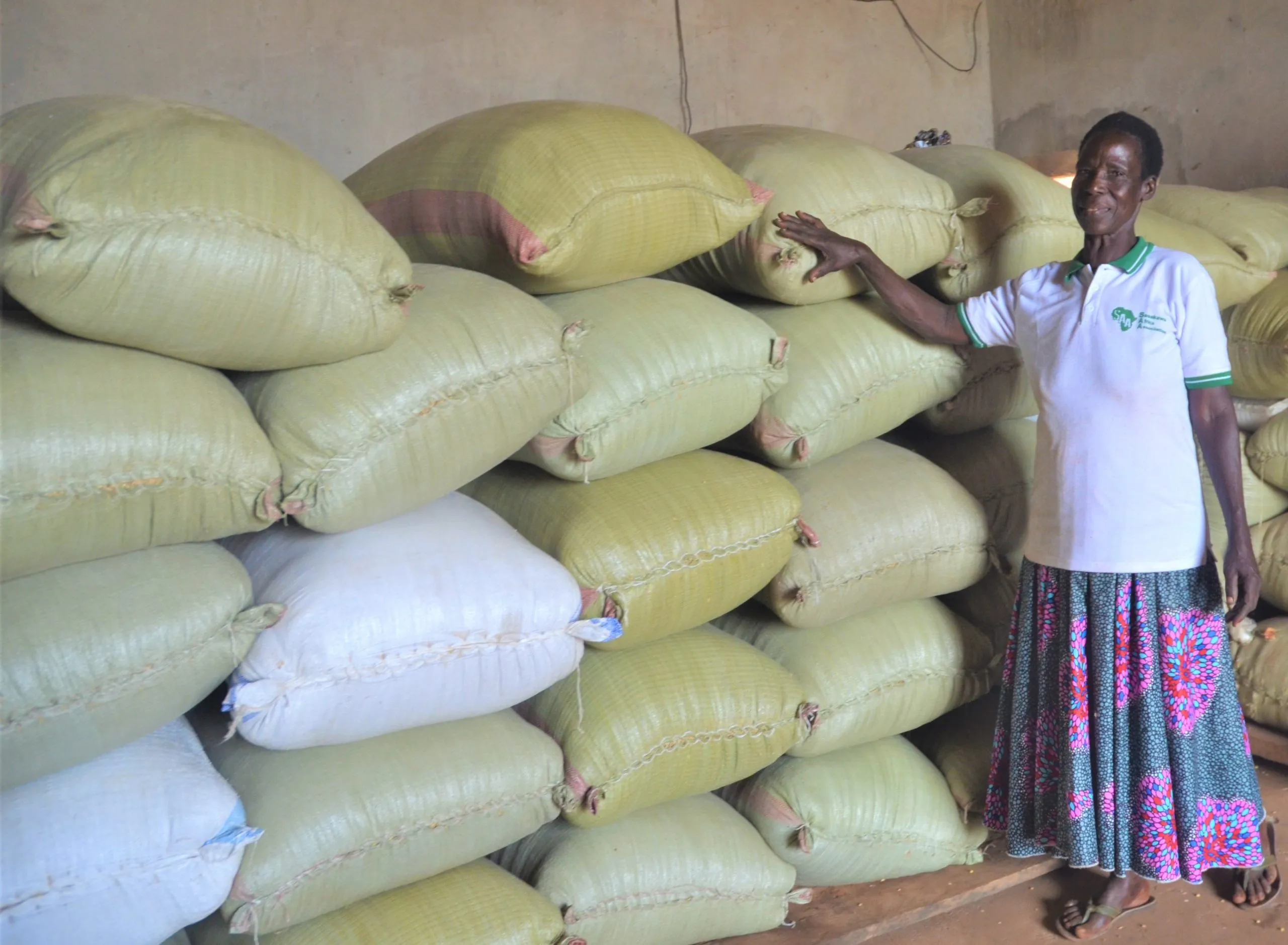Summary:
- The Eastern Africa Green Council (EAGC) and TradeMark Africa have launched a three-year initiative to boost competitiveness in staple food value chains across East Africa.
- The program targets farmers, processors, and financial service providers in Uganda, Kenya, and Tanzania, aiming to address challenges such as aggregation, quality standards, and trade finance. It’s funded by the United States government through USAID’s Economic Recovery and Reform Activity (ERRA) program.
The Eastern Africa Green Council (EAGC) and TradeMark Africa have jointly introduced a three-year initiative to bolster competitiveness in export-oriented staple food value chains across East Africa.
Launched in Kampala on Friday, April 5, the program targets various stakeholders including farmers, millers, green processors, and financial services providers, aiming to strengthen the foundations of agricultural trade in Uganda, Kenya, and Tanzania. Kenya serves as the destination market while Tanzania and Uganda act as suppliers due to their surplus production.
Gerald Masila, the Executive Director at the Eastern African Grain Council, highlighted the significance of cross-border trade in bridging the gap between production and consumption in different countries within the region. Masila emphasized the project’s focus on mobilizing, training, and equipping farmers with the requisite skills and technologies to engage effectively in the grain trade chain.
Let Us Build Your Online Success!
We are the experts in creating visually stunning and functional websites. With reliable hosting and exceptional customer support, we bring your vision to life. Join hundreds of happy clients who trust us!
Get Started Now📞 Call/WhatsApp: +256 207 800 192
Addressing challenges such as aggregation, quality standards, and trade finance are key components of the initiative. Masila emphasized the importance of addressing issues like aflatoxin contamination and ensuring the quality of products throughout the supply chain.
Anna Nambooze, the Country Director for the Uganda-South Sudan program at TradeMark Africa, outlined the program’s objectives, which include establishing an information hub to inform regional food balance sheets, influencing food security policies, and creating a conducive regulatory environment for trade.
With the participation of numerous stakeholders from the staple grains value chain, the project aims to achieve multiple objectives, including strengthening farmer-operated grain business hubs and leveraging technology to optimize production, quality, and trade.
Dr. Joshua Mutambi from the Ministry of Trade and Cooperatives emphasized the project’s timeliness in light of Uganda’s favorable climate for agriculture but noted challenges in accessing markets. He highlighted the project’s role in addressing these challenges through aggregation, storage, and quality control measures.
Emmanuel Asiimwe, the country director of the Eastern African Grain Council, stressed the importance of implementing grain standards within the region to support potential exporters and traders.
The three-year project, funded by the United States government through the Feed the Future initiative and USAID’s Economic Recovery and Reform Activity (ERRA) program, aims to enhance agricultural trade and contribute to economic growth in the region.

